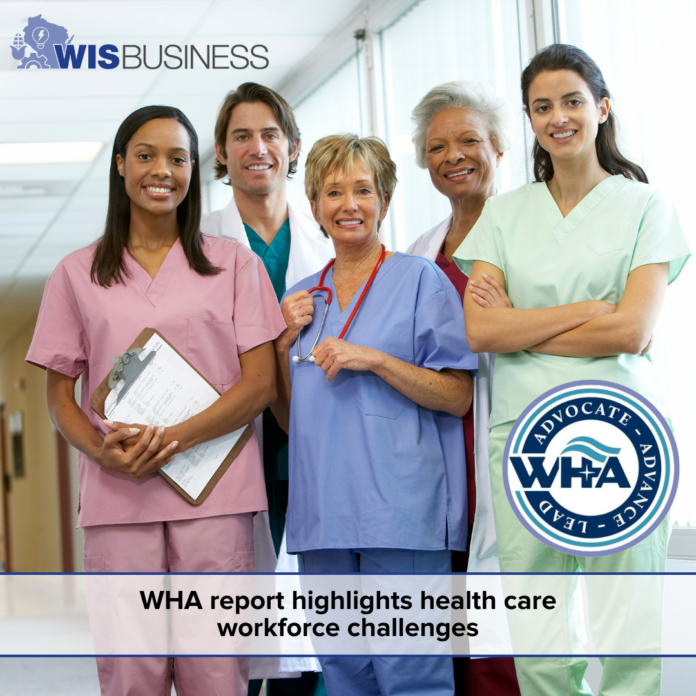The ratio of licensed nursing home beds to elderly, blind and disabled people on Medicaid in Wisconsin has worsened substantially over the past two decades, compounding existing challenges for the state health care industry.
The Wisconsin Hospital Association’s 2024 Health Care Workforce Report, being released today, highlights this trend and other issues facing hospitals in the state.
WHA Senior Vice President of Workforce and Clinical Practice Ann Zenk notes hospitals in the state are “working hard to grow, recruit, retain and support” the workforce that’s necessary to sustain high-quality health care in Wisconsin.
“But even with intense effort, it is unlikely that the health care workforce can grow fast enough to meet the rising health care demand of an aging population,” she said in a statement on the report.
The report calls for taking action on “root causes” to surmount health care workforce shortages. While the aging population is a demographic force that can’t be easily changed, WHA points to the nursing home bed issue as a key issue to address.
Drawing on Department of Health Services data, WHA notes more than 46,000 nursing home beds were licensed in Wisconsin in 2002 while about 143,000 elderly, blind and disabled people were enrolled in Medicaid. By 2024, the number of nursing home beds has dropped to 26,000 while the comparable Medicaid enrollee number has nearly doubled to 270,000, according to the report.
WHA warns nursing home bed closures have led to a “bottleneck” in post-acute care access, as bed shortages that spiked during the COVID-19 pandemic have continued into this year. This has led to hundreds of patients that no longer need hospital care being stuck there because no nursing home beds are available to take them.
This problem is adding to workforce demand and lengthening hospital stays “with no increase in reimbursement,” while backing up emergency departments, intensive care units and surgical care areas, according to WHA.
“The safety net hospitals provide must be adequately resourced while government leaders, public health, long-term care and other key stakeholders concurrently work to reduce over-reliance on hospitals, health systems and the health care workforce to meet post-acute care and other community needs,” report authors wrote.
Meanwhile, WHA President and CEO Eric Borgerding calls on health care organizations, educators, state regulators and elected officials to “continue partnering to minimize outdated barriers and implement innovations to encourage, support and advance health care workers in their pursuit of fulfilling attainable and meaningful careers.”
Across the spectrum of health care professionals, vacancy rates that shot up in 2021 and 2022 were “stabilizing, but still critical” in 2023. Still, vacancy rates for eight of 18 health care professions included in the report remained in the double digits near the end of 2022.
WHA points to nursing in particular as an area of concern, as growth in this profession is falling behind what’s needed to meet existing and future demand. The report calls for promoting interest in health professions while ensuring education access and offering more health career pathways.
See the full report.






